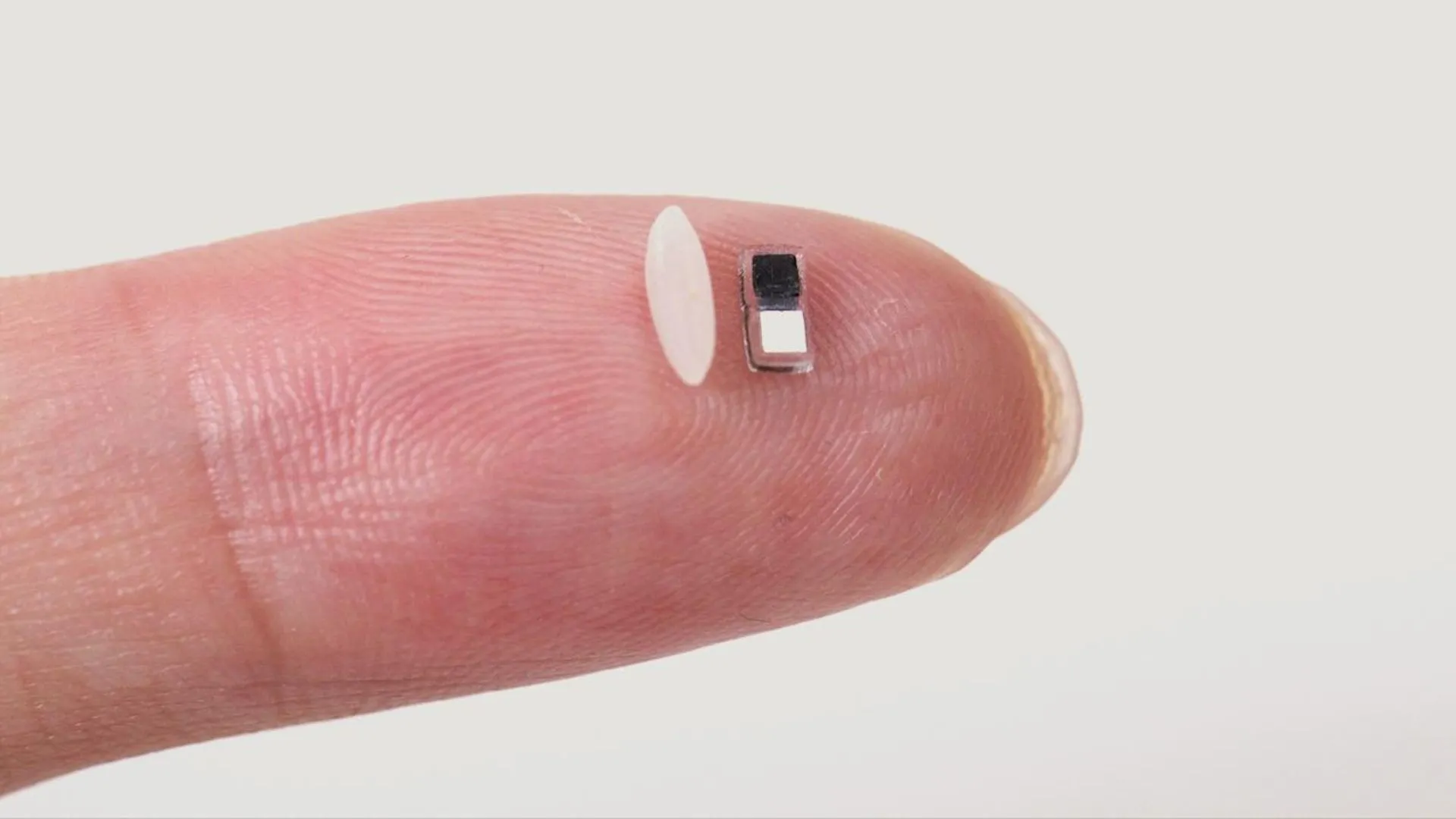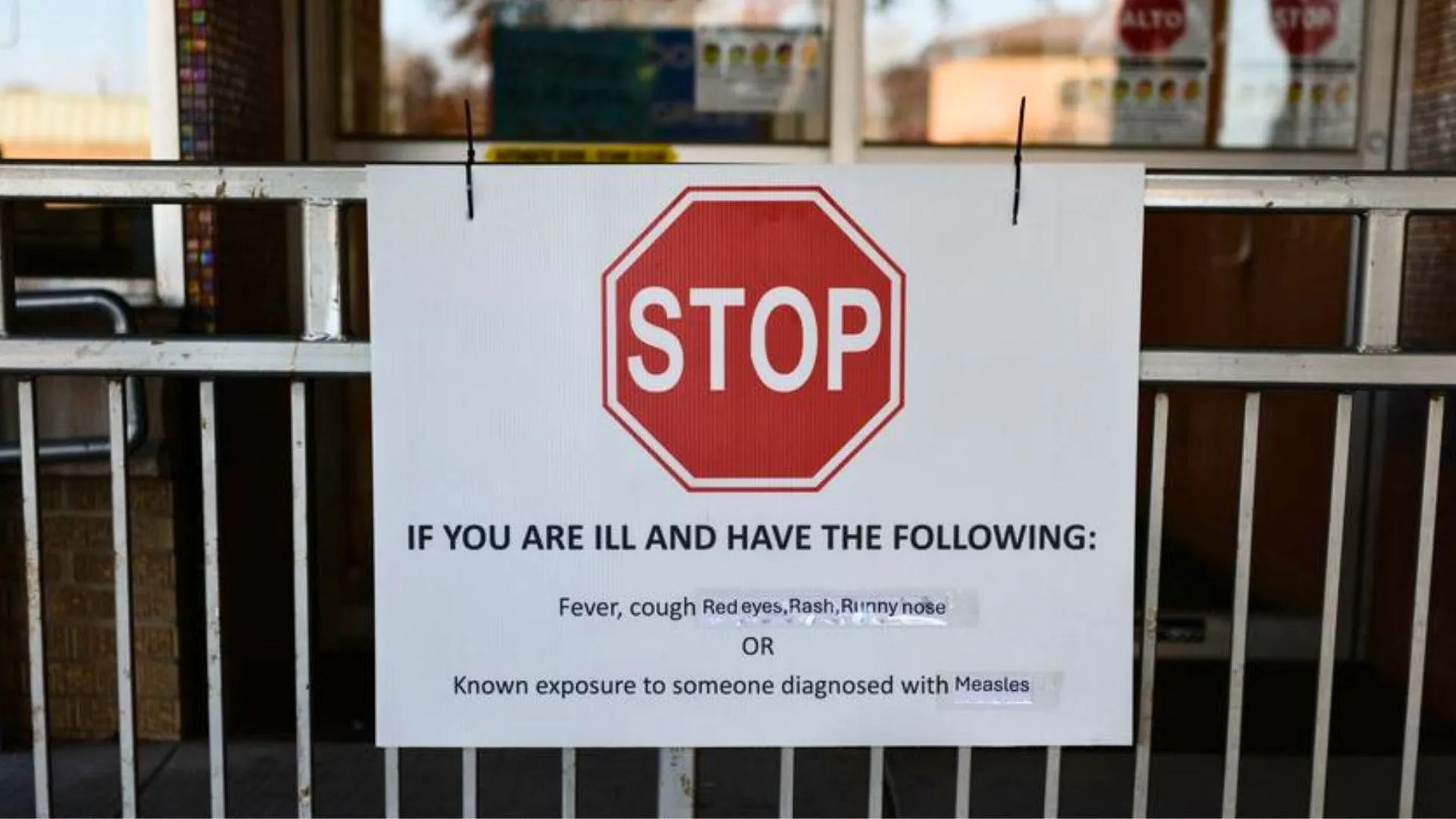Diabetes, particularly type 2 diabetes, is one of the most prevalent chronic health conditions worldwide. It affects millions of individuals, leading to severe complications such as heart disease, kidney failure, blindness, and amputations. Beyond the personal toll on health, diabetes also presents a significant financial burden, not only for individuals but for healthcare systems and economies globally. The rising incidence of diabetes has led to an urgent need for innovative public health strategies to address the disease’s growing impact.
In response to this challenge, the United States introduced the National Diabetes Prevention Program (NDPP) as part of the Affordable Care Act. The program is a collaborative effort between the Centers for Disease Control and Prevention (CDC), public health organizations, and community-based partners aimed at reducing the number of new diabetes cases by helping individuals at high risk develop the skills and strategies to prevent the onset of type 2 diabetes. The NDPP has proven to be a highly effective tool in reducing both the incidence of diabetes and associated medical costs, providing significant economic benefits alongside improved public health outcomes.
This comprehensive program focuses on lifestyle changes—such as increased physical activity, healthier eating habits, and weight management—that have been shown to reduce the risk of developing type 2 diabetes. With its evidence-based approach, the NDPP has not only demonstrated success in preventing the onset of diabetes but has also been shown to significantly reduce healthcare costs by lowering the need for diabetes-related medical treatments, hospitalizations, and long-term care.
In this long-form description, we will explore the National Diabetes Prevention Program in detail, examining how it works, its effectiveness in reducing the incidence of diabetes, the financial benefits it provides in terms of medical cost savings, and its broader implications for public health.
The Diabetes Epidemic: A Growing Health Crisis
Diabetes is a chronic condition that occurs when the body either cannot produce enough insulin or cannot use the insulin it produces effectively. Insulin is a hormone that regulates blood sugar levels. Type 2 diabetes is the most common form of diabetes and is primarily influenced by lifestyle factors such as poor diet, lack of physical activity, and obesity. According to the CDC, more than 34 million Americans have diabetes, and approximately 1 in 3 adults are at risk of developing type 2 diabetes due to factors like obesity, physical inactivity, and a family history of the disease.
The prevalence of type 2 diabetes has steadily increased over the years, driven by the rising obesity rates and an aging population. The condition is associated with a wide range of complications, including heart disease, stroke, kidney failure, nerve damage, and vision loss. As the number of diabetes cases continues to rise, the associated healthcare costs also escalate, creating a major economic burden on individuals, families, and the healthcare system as a whole.
In fact, the financial impact of diabetes is staggering. According to the American Diabetes Association, the total estimated cost of diagnosed diabetes in the U.S. was $327 billion in 2017, with medical expenditures accounting for $237 billion and reduced productivity costing an additional $90 billion. The majority of these costs are attributed to hospitalizations, medications, dialysis, and other medical interventions needed to manage diabetes and its complications.
Given the profound impact that diabetes has on both individual health and the economy, preventing the onset of diabetes is a public health priority. The National Diabetes Prevention Program (NDPP) is one of the most promising solutions to this problem, offering a proactive approach to diabetes prevention that can significantly reduce healthcare costs in the long term.
The National Diabetes Prevention Program: An Overview
The National Diabetes Prevention Program (NDPP) is an evidence-based program designed to help individuals at high risk for type 2 diabetes make lifestyle changes to prevent the onset of the disease. The program is based on the results of the landmark Diabetes Prevention Program (DPP) study, a large clinical trial that found that lifestyle interventions, including weight loss, physical activity, and dietary changes, reduced the risk of developing diabetes by 58% in individuals at high risk.
The NDPP offers a structured, year-long program that focuses on three key components:
- Lifestyle Coaching and Support: Participants are assigned a lifestyle coach who provides guidance, motivation, and support throughout the program. The coach helps participants set realistic goals for weight loss, exercise, and healthy eating, while also offering strategies for overcoming barriers to behavior change.
- Healthy Eating Habits: The program emphasizes the importance of a balanced, low-calorie, nutrient-dense diet. Participants learn about portion control, healthy food choices, and how to incorporate more fruits, vegetables, whole grains, and lean proteins into their meals. They also learn to avoid foods that contribute to weight gain and increased blood sugar levels, such as sugary snacks and processed foods.
- Increased Physical Activity: One of the most effective ways to prevent type 2 diabetes is through regular physical activity. The NDPP encourages participants to engage in at least 150 minutes of moderate-intensity exercise per week, such as brisk walking, swimming, or cycling. Physical activity helps improve insulin sensitivity, regulate blood sugar levels, and promote weight loss.
The NDPP is typically delivered in a group format, allowing participants to interact with others who share similar health concerns. This peer support creates a sense of accountability and community, which has been shown to enhance the success of the program. Participants are encouraged to attend weekly sessions for the first six months and then biweekly sessions for the second six months. These sessions focus on reinforcing the behaviors and skills needed to maintain long-term lifestyle changes.
Effectiveness of the National Diabetes Prevention Program
The success of the NDPP in reducing the risk of diabetes is well-documented. Numerous studies have shown that the program significantly lowers the incidence of type 2 diabetes in individuals at high risk. For example, the Diabetes Prevention Program Outcomes Study (DPPOS) found that participants who completed the lifestyle intervention had a 34% lower risk of developing type 2 diabetes over 15 years compared to those who received standard care.
The program has been particularly effective for individuals with prediabetes—a condition in which blood sugar levels are higher than normal but not yet high enough to be classified as diabetes. Studies have shown that prediabetes is a strong predictor of future diabetes development, and the NDPP provides a critical opportunity to intervene before the disease progresses.
In addition to its effectiveness in preventing diabetes, the NDPP has also been shown to help participants achieve other important health benefits, such as:
- Weight Loss: Many participants experience significant weight loss during the program, which is a key factor in reducing the risk of developing diabetes. The goal is to lose at least 5-7% of body weight, which has been shown to improve insulin sensitivity and reduce the likelihood of diabetes.
- Improved Physical Fitness: Regular exercise is a cornerstone of the NDPP, and participants often report increased physical activity levels and improved fitness. Physical activity not only helps prevent diabetes but also contributes to better cardiovascular health, lower blood pressure, and improved mental health.
- Better Blood Sugar Control: Even for those who do not lose significant amounts of weight, the NDPP has been shown to help participants improve their blood sugar levels. By adopting healthier habits and making lifestyle changes, individuals can better manage their blood sugar, reducing their risk of developing type 2 diabetes.
Medical Cost Savings: How NDPP Reduces Healthcare Expenditures
While the National Diabetes Prevention Program has been shown to be effective in preventing type 2 diabetes, it also provides substantial cost savings by reducing the need for diabetes-related medical treatments and hospitalizations. The economic impact of the NDPP is significant, as it helps reduce both direct and indirect medical costs associated with the disease.
- Reduction in Diabetes Incidence: By preventing the onset of type 2 diabetes, the NDPP directly reduces the number of individuals requiring diabetes-related medical interventions. According to a study published in the American Journal of Preventive Medicine, the NDPP has the potential to save an estimated $5,000 to $7,000 per participant in future healthcare costs over a 15-year period. This includes savings on medications, hospitalizations, and long-term care.
- Lower Rates of Diabetes Complications: One of the most expensive aspects of managing diabetes is the treatment of complications, such as kidney disease, cardiovascular disease, and nerve damage. By preventing diabetes, the NDPP reduces the likelihood of these complications developing, resulting in significant cost savings for both the healthcare system and individuals.
- Fewer Hospitalizations: Diabetes-related hospitalizations, including those for diabetic ketoacidosis, heart disease, stroke, and amputations, are a major driver of healthcare costs. By reducing the incidence of type 2 diabetes, the NDPP helps lower the frequency of these hospitalizations, which can cost thousands of dollars per stay.
- Reduced Long-Term Care Costs: Individuals with uncontrolled diabetes often require long-term care services, such as dialysis or assisted living. The NDPP helps delay or prevent the onset of diabetes, reducing the need for costly long-term care services and improving patients’ quality of life.
- Workplace Productivity Gains: In addition to medical cost savings, the NDPP can also reduce the economic impact of diabetes-related absenteeism and lost productivity. By preventing diabetes, employees are healthier and less likely to miss work due to illness, leading to increased productivity and reduced healthcare costs for employers.
A Vital Tool in the Fight Against Diabetes
The National Diabetes Prevention Program has proven to be a highly effective tool in preventing the onset of type 2 diabetes in individuals at high risk. By encouraging lifestyle changes, such as healthier eating, increased physical activity, and weight management, the program helps participants reduce their risk of developing the disease and improve their overall health. At the same time, the NDPP provides significant cost savings by reducing the need for diabetes-related medical treatments, hospitalizations, and long-term care.
As the prevalence of diabetes continues to rise, the importance of preventive measures
like the NDPP cannot be overstated. The program not only improves individual health outcomes but also helps alleviate the financial burden of diabetes on the healthcare system. By investing in programs like the NDPP, society can make strides in reducing the incidence of type 2 diabetes, improving public health, and controlling healthcare costs, ultimately creating a healthier, more cost-effective future for all.























